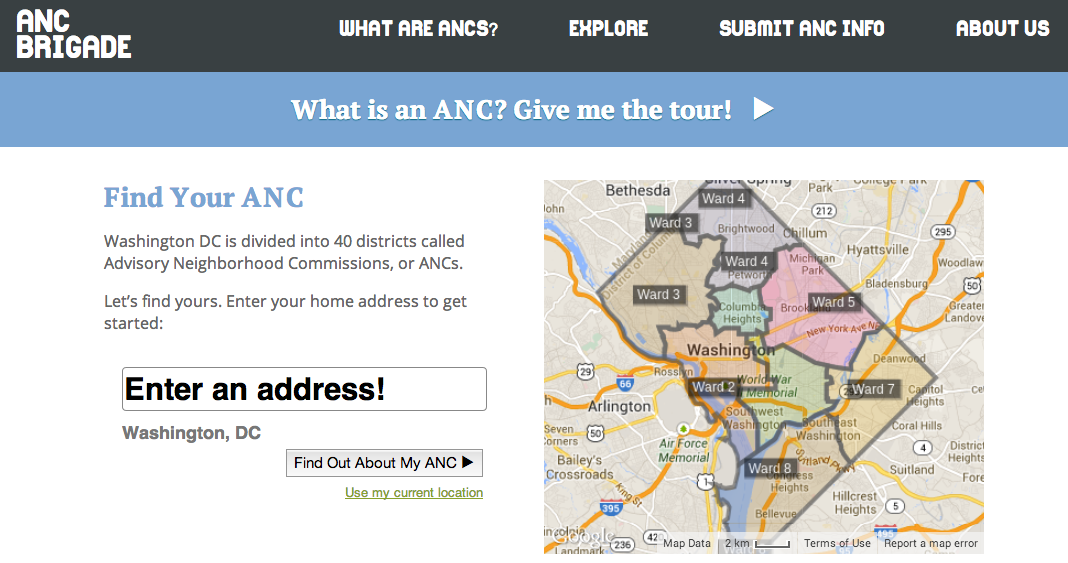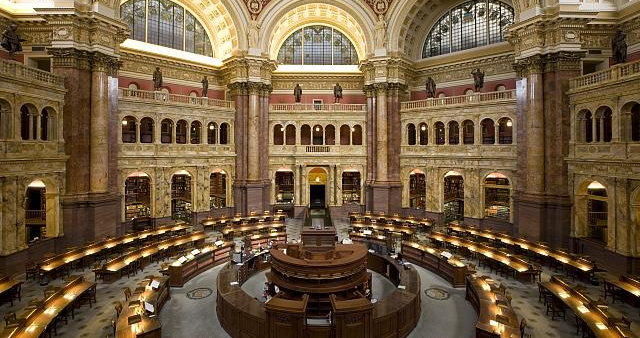Repost from Rebecca Williams of the Sunlight Foundation.

When we talk about providing a transparent and legible legislative process, the first step is identifying all the moving parts that contribute to the passing of law. In Washington, D.C., this means not just following the city council, but also following D.C.’s Advisory Neighborhood Commissions, or ANCs, the hyperlocal government entities that advise the city council on community issues. Although the District’s city government structure is uniquely granular, it serves as an excellent model for understanding what a complete legislative data framework should consist of.
Understanding D.C. local government is almost as complicated as understanding the federal government. Washington, D.C. is divided not only into 8 wards, but also into 40 ANC districts, and each ANC is further divided into many Single Member Districts or SMDs. Each ANC is made up of 2-12 commissioners (based on the number of SMDs in each ANC) that are regularly elected in small, nonpartisan elections. ANCs hold regular meetings, hear presentations, and commissioners vote on matters that affect the local community, such as: street improvements, parking, liquor licenses, zoning, restaurant and business issues, and trash and sanitation. Each ANC is also allotted a small budget, based on the population size of their district. While ANCs do not have city law making powers, their opinion is highly influential over city council decisions. In order to fully participate in D.C.’s government and to fully understand D.C.’s legislative process – let alone hold it accountable – one must have access to information about ANC commissioners, meetings, votes, and spending.
Click here to read more.


